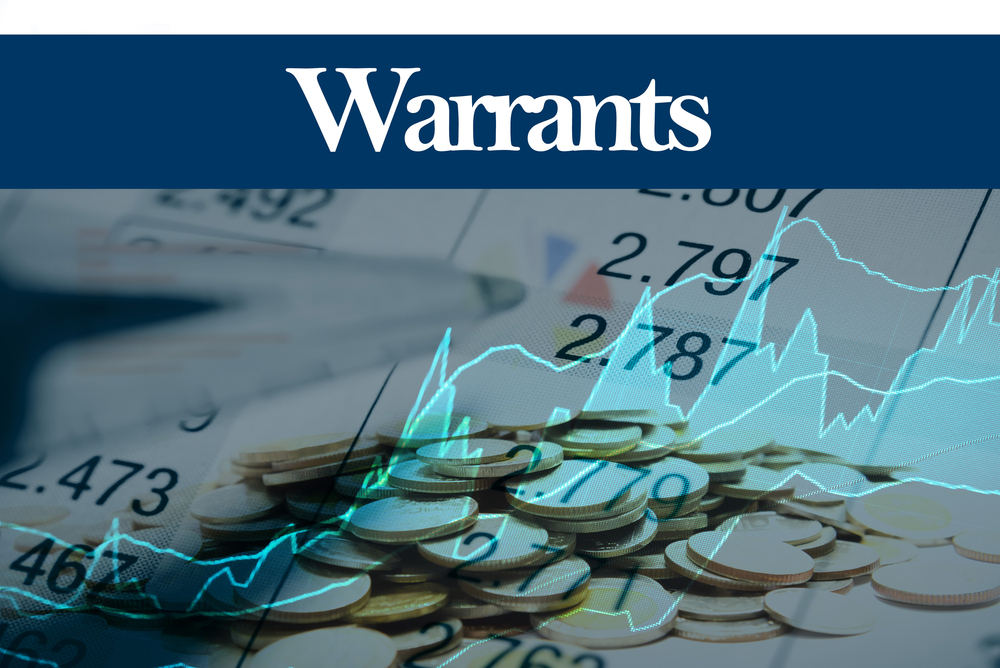High-net-worth investors are naturally familiar with stocks as their vehicle to assume risk, but there are indeed other assets that can mimic equity-like risk exposure…warrants. One should note, warrants are indeed riskier vs. equities.
There are many different types of warrants. Some are issued by the underlying company and others are issued by a bank / market maker. In the latter case, which is more popular according to the HKEX, these derivative warrants are usually cash settled. Other types of warrants are known to be exercisable and settled in the underlying shares. The specifics of the type of contract should be known before being traded, as best practice.
One example of this is understanding how the contract settlement is calculated. According to HKEX resources, “derivative warrants issued on a single stock traded on the Stock Exchange, the settlement price is calculated based on the 5-day average closing price of the underlying stock prior to and excluding the expiry day.”
Derivative warrants traded on the HKEX, the normally cash settled type, saw an 8.6% increase in turnover in May vs. April in the latest monthly update. This isn’t a bullish or bearish signal; it is simply an indicator of volume / interest in trading this asset from clients. Equity warrants on the other hand have not seen a new issuance in a while. The HKEX states that the number of equity warrants has stayed the same since 2019, with only 3 products available. For context, the HKEX states there are 5,984 derivative warrants available to trade, a wide difference.
To that point, there is an equity warrant contract on the HKEX GEM BOARD China Trends Holdings Ltd. (Stock Code 8015) Warrants for 2021 are available, but one should note that there was zero unit turnover in May 2020 for that contract. The average monthly turnover from Dec 2019 – May 2020 was only HK $3,026. While this is low, that is not to say there will not be future opportunities on the GEM and, as previously stated, turnover is not a bullish or bearish indicator for a company…or index for that matter. Investors can stay tuned to the GEM Market Statistics and HKEX Monthly Market Highlights webpages for warrant updates in terms of new issues to trade.
Generally speaking, derivative warrants can provide investors with exposure to variables their portfolio is not traditionally exposed to. For example, within the pricing model of a derivative warrant one can find volatility, interest rates, and time decay. All of these can be crafted to better suit the needs of an investor.
To that end, put warrants can provide a hedge to long exposure in a particular underlying asset or index. This protection can prove to be valuable, but can also be a drag on returns. During the COVID-19 drawdown in the market, some tail risk focused hedge funds returned incredible numbers to their investors. Many of these strategies were similar to long put warrants, but were expressed via options (long volatility, short deltas, and long gamma (option greeks – different vs. warrants but some characteristics overlap)). Hedges naturally ballooned as prices fell and some protection was surely welcome in the panicked days of March. Tail risk hedges can be a drag on total returns, but at the end of the day it’s a function of risk preference.
There are many different types of warrants listed around the globe. In Hong Kong there is more warrant types like “inline warrants” and elsewhere there are warrants in Frankfurt on oil futures, for example. Warrants could present a new opportunity to investors looking to expand their horizons.

